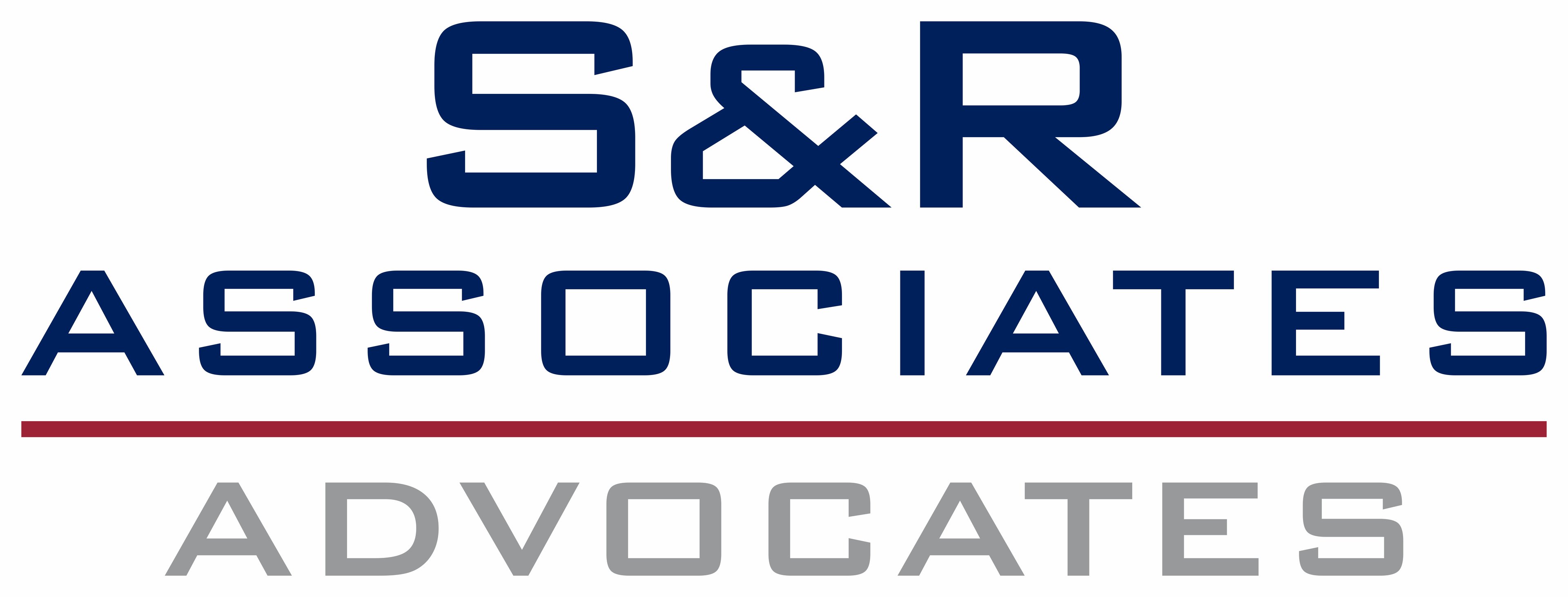News and developments
Changes to Quarterly Shareholding Disclosures by Listed Entities in India
On June 30, 2022, the Securities and Exchange Board of India (“SEBI”) issued a circular amending the quarterly shareholding pattern disclosed by listed entities in India (the “2022 Circular”). This amended an earlier SEBI circular dated November 30, 2015 (the “2015 Circular”). The 2022 Circular comes into force with effect from the quarter ending September 30, 2022. Listed entities are required to submit their shareholding pattern to the stock exchanges within 21 days of the end of each quarter in formats prescribed under the circulars.
To help understand the revised disclosure formats under the 2022 Circular, including definitions therein, certain frequently asked questions (“FAQs”) have been issued by the National Stock Exchange of India Limited and the BSE Limited.
EXISTING FRAMEWORK
Under the current framework, the shareholding pattern is required to be disclosed across three broad categories: (a) Promoter and Promoter Group; (b) Public; and (c) Non Promoter-Non Public. Sub-categories based on the type of shareholders are specified in four tables under Annexure A to the 2015 Circular:
(i) Table I: Summary statement of holding of securities across these categories.
(ii) Table II: Holding of the promoters and promoter group.
(iii) Table III: Holding of the public shareholders.
(iv) Table IV: Holding of the non-promoter non-public shareholders.
The names of shareholders holding 1% or more of the shares of the listed entity are required to be disclosed. Also, separate disclosure of shareholders who are ‘persons acting in concert’ (as per the takeover regulations) is required, if applicable.
KEY AMENDMENTS
The 2022 Circular primarily amends Table III under the 2015 Circular by requiring shareholding details on more categories of shareholders (e.g., Sovereign Wealth Funds (“SWFs”), Foreign Portfolio Investors (“FPIs”) (Category I and Category II), Foreign Direct Investment, Foreign Companies, Foreign Nationals and Non-Resident Indians are required to be separately disclosed categories).
The new categories also include shareholders that have either nominated, or have the right to nominate, a director on the Board of the listed entity and also shareholders that have entered into a shareholders agreement with the listed entity.
The 2022 Circular clarifies that where a shareholder could fall under two or more categories, the shareholder is to be classified in the category appearing first in the prescribed format under Table III and the shareholding should not be duplicative of the shareholding reflected in other categories.
The disclosure of the names of shareholders holding 1% or more of the shares of the listed entity continues as before.
The 2022 Circular also requires disclosure of a new table specifying foreign ownership limits in the listed entity as at the current shareholding date and as at the end of each of the previous four quarters (showing both the Board-approved foreign ownership limit and the actual limit as at each such date).
Certain key changes to Table III are discussed below:
Institutional Shareholding
Table III under the 2015 Circular divided institutional shareholding into nine sub-categories. This is now required to be re-classified into two broad categories, domestic and foreign, with 11 and seven sub-categories, respectively.
The new sub-categories introduced are:
(i) Domestic Institutions: Asset reconstruction companies (“ARCs”) and SWFs are the two new sub-categories. As per the FAQs, domestic SWFs include, for example, the National Investment and Infrastructure Fund.
(ii) Foreign Institutions: Foreign Direct Investment, SWFs, FPI Category I and FPI Category II are the new sub-categories (earlier, FPIs were not required to be classified separately under Category I and Category II).
Government Shareholding
The category Central Government/State Government/President of India has been sub-divided into: (i) Central Government/President of India; (ii) State Government/Governor; and (iii) shareholding by companies or bodies corporate where the Central/State Government is a promoter.
Non-Institutional Shareholding
The earlier five sub-categories for non-institutional shareholding have now been re-classified into 13 sub-categories with the addition of the following categories of shareholders:
(i) associate companies/subsidiaries of the listed entity;
(ii) directors and their relatives (excluding independent directors and nominee directors);
(iii) key managerial personnel;
(iv) relatives of promoters (other than ‘immediate relatives’ of promoters disclosed under the promoter and promoter group category);
(v) trusts where any person belonging to the promoter and promoter group category is trustee, beneficiary or author of the trust;
(vi) investor education and protection fund;
(vii) non-resident Indians;
(viii) foreign nationals;
(ix) foreign companies; and
(x) bodies corporate.
The FAQs give the definitions of certain terms used above, and primarily refer to the definitions under the Companies Act, 2013 and the foreign exchange regulations.
Nominee Director or Right to Appoint Nominee Director on Board of Listed Entity
For each sub-category, shareholders that either have a nominee director or the right to appoint a nominee director to the Board of the listed entity are required to be disclosed separately.
Shareholders Agreement with Listed Entity
Additionally, for each sub-category, shareholders that have entered into a shareholders agreement with the listed entity are required to be disclosed separately.
CONCLUSION
Listed entities will need to discuss the new shareholding format with their registrar/share transfer agent and the depositories to understand compliance with the 2022 Circular. Given that this circular is effective from the quarter ending September 30, 2022, an early discussion this quarter should be considered.
The quarterly shareholding pattern is required to be disclosed to the stock exchanges by the listed company and is not the obligation of the shareholder. However, shareholders may need to consider disclosure implications under the new circular
AUTHORS
Sandip Bhagat (Partner) https://www.snrlaw.in/sandip-bhagat/
Jabarati Chandra (Partner) https://www.snrlaw.in/jabarati-chandra/
Mohnish Mathew (Associate)
